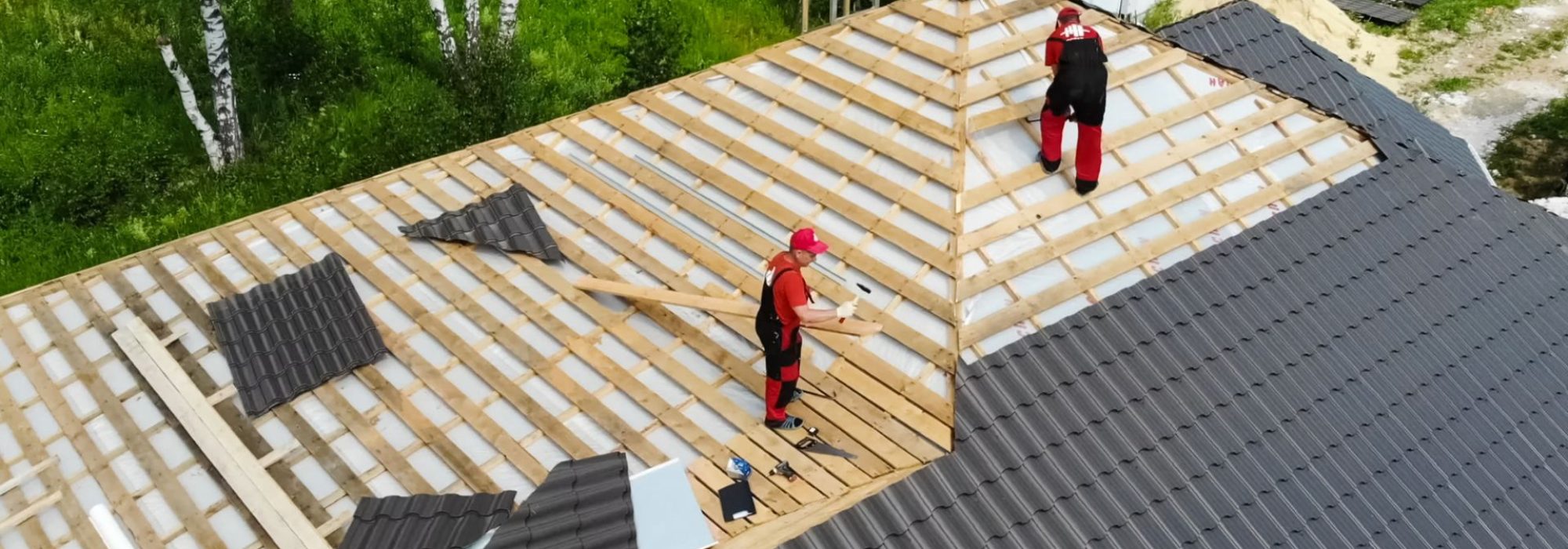How to Choose The Right Fire-Resistant Roofing Material

Selecting the appropriate fire-resistant roofing material is critical for homeowners seeking to safeguard their property against potential fire hazards. With various options available in the market, the task can seem daunting. Understanding the key factors that influence the choice, such as material composition, durability, and cost-effectiveness, is paramount. Additionally, considering the local building codes and regulations is essential to ensure compliance and safety. Consulting with roofing professionals can provide valuable guidance in navigating these considerations. Stay tuned to discover the best practices for selecting a fire-resistant roofing material that aligns with your needs and provides peace of mind for your home and loved ones.
Importance of Fire-Resistant Roofing Materials
The importance of utilizing fire-resistant roofing materials in construction projects cannot be overstated due to their crucial role in minimizing the risk of fire damage to buildings. Building regulations often require the use of fire-resistant materials to enhance the safety and protection of structures. By incorporating these materials, the spread of fires can be contained, limiting the potential damage and reducing the threat to occupants.
Additionally, the climate impact of fire-resistant roofing materials should be noticed. These materials can withstand high temperatures and prevent fires from spreading, making them an essential choice for areas prone to wildfires or extreme heat. Considering these factors is paramount in ensuring the safety and resilience of buildings against fire hazards.
Factors to Consider When Choosing
When selecting fire-resistant roofing materials, it is essential to carefully evaluate their performance characteristics and compatibility with the specific environmental conditions of the building site. Factors to consider include:
- Durability: Choose materials that offer long-term performance and withstand harsh weather conditions.
- Cost-Effective: Consider the materials’ initial cost and maintenance and replacement expenses over time.
- Fire Resistance: Prioritize materials with high fire-retardant properties to enhance the safety of the building.
- Compatibility: Ensure the roofing material is suitable for the design and structure of the building.
- Energy Efficiency: Opt for materials that can help reduce energy costs and improve the building’s overall sustainability.
Comparison of Different Roofing Options
Considering the array of roofing options available, thoroughly comparing their fire-resistant properties is crucial in determining the most suitable choice for a building’s safety and longevity. Regarding cost comparison, traditional asphalt shingles are generally more affordable upfront than metal or tile roofing.
However, metal and tile roofs have longer lifespans, potentially resulting in lower long-term costs. When evaluating the environmental impact, metal roofing is often considered the most environmentally friendly option due to its high recyclability and energy efficiency. Asphalt shingles, on the other hand, have a significant environmental impact due to the materials used and the manufacturing process.
Tile roofing falls in between, offering moderate recyclability and durability. The choice of roofing material should be made based on a balanced consideration of fire resistance, cost, and environmental factors.
Installation and Maintenance Tips
To ensure optimal performance and longevity of your chosen roofing material, meticulous attention to detail during installation and regular maintenance is paramount. Proper installation techniques and consistent upkeep are crucial for the effectiveness of fire-resistant roofing. Here are some essential tips to consider:
- Roofing safety: Prioritize safety measures during installation to prevent accidents.
- Regular inspections: Conduct routine checks to identify any signs of damage or wear.
- Cleaning debris: Keep the roof clear of debris to prevent potential fire hazards.
- Sealing gaps: Ensure all gaps and openings are properly sealed to maintain fire resistance.
- Professional maintenance: Consider hiring professionals for periodic maintenance to guarantee the roof’s durability.
Ensuring Fire Safety for Your Home
Implementing a comprehensive fire safety plan for your home is essential to safeguarding your property and loved ones from potential fire hazards. Fire prevention should be a top priority, starting with installing smoke detectors on every house level and checking them regularly. It is crucial to strategically place fire extinguishers in key areas, such as the kitchen and nearby fire-prone appliances. Regular maintenance of electrical systems and appliances should be conducted to reduce the risk of electrical fires.
Creating and practicing an evacuation plan with all household members also enhances home protection. Remember to keep flammable materials away from heat sources and have a designated meeting point outside the house in emergencies.
Other Roofing Tips:

